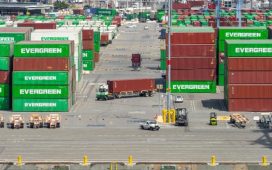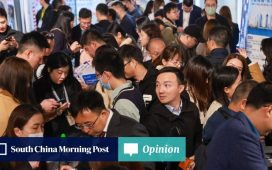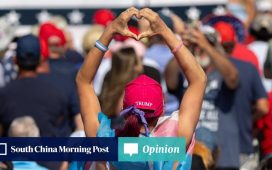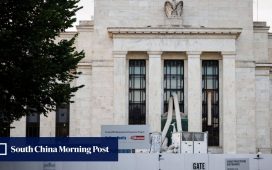The recent escalation in global trade frictions centred around China – including a rise in anti-dumping investigations and retaliatory measures from Beijing – has been quantified by official data, with analysts anticipating even more tariffs thanks to a diminished role for World Trade Organization arbitration.
In the first half of the year, China faced 64 anti-dumping investigations from trading partners, an increase of 166 per cent, year on year, according to China Trade Remedies Information, a platform under the Ministry of Commerce.
Around 40 per cent of the investigated products were chemical raw materials, and other common targets included non-metallic items such as glass wine bottles and goods related to iron and steel industry.
China has also faced 13 anti-subsidy investigations in the first half of the year, nearly triple the number during the same period in 2023. Over half were initiated by the US, primarily against raw materials and products in the chemical industry.
From the other side, Beijing has launched seven anti-dumping investigations in the first six months of 2024, up from zero in the same period last year.
In addition, China has initiated an anti-dumping investigation against cypermethrin from India, a synthetic pesticide used on crops and in homes.
Recent years have seen large swings in the number of trade cases concerning China. After an all-time high of 131 in 2020, the figure dropped to 46 in 2022, when global supply chains were disrupted by the pandemic – the lowest number since 1998.
“In the long term, China is likely to face increasing trade friction cases,” said Mei Yuan, assistant professor of economics at Singapore Management University. “This trend has already begun, as the EU has decided to investigate China’s electric vehicles (EVs).”
“Beijing believes it is trading under WTO rules, yet the US has blocked the WTO’s regulatory role,” Mei said. “Without the WTO as arbiter, we are likely to witness more frequent use of tariffs by more countries.”
On Monday, Turkey initiated anti-dumping investigations against China’s tin-plated steel coil and stainless steel cold rolled coil. The same day, the US opened anti-dumping and anti-subsidy investigations against vanillin, a flavouring agent.








